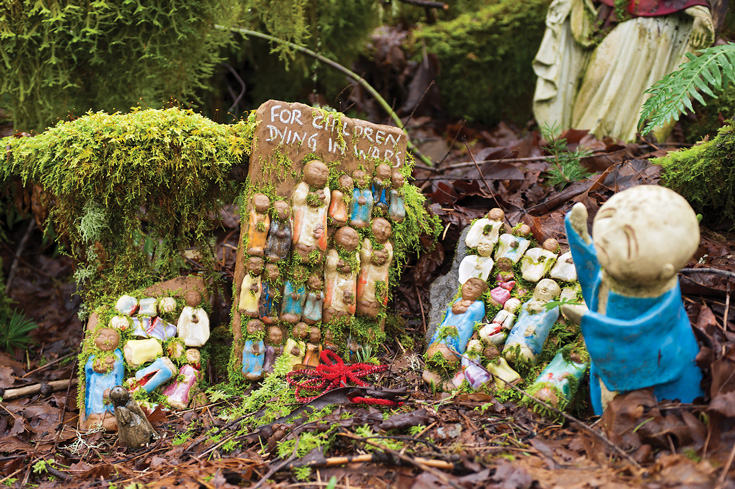
Illustration by Nolan Pelletier.
I’m confused. Buddhism is considered one of the world’s five great religions, but some people say it’s not a religion at all, but a philosophy, way of life, or science of mind. Which is it?
The answer is really about how you define religion. On one hand, Buddhism looks a lot like every other religion, with monastics, temples, sacred texts, rituals, congregations, etc. So by the “if it quacks like a duck” sociological definition, it’s a religion. On the other hand, most people define religion as believing in some sort of God or Creator, which Buddhism does not. They consider the concept of “nontheistic religion” a contradiction in terms, so they label Buddhism as a philosophy, way of life, or science of mind (and many Buddhists in the West agree). We would like to offer a third definition: religion is that which posits a nonmaterial spiritual reality (whether God or mind) and asserts we continue in some way after death. By that definition, combined with the sociological and historical realities, we come down on the side that Buddhism is a religion—and all those other things too.
Thank you for reading Lion’s Roar. Now can we ask for your help?
Lion’s Roar is a nonprofit. Our mission
is to share the wisdom of the Buddha’s teachings—to inspire, comfort,
support, and enlighten readers around the world. Our aspiration is to
keep LionsRoar.com available to everyone,
providing a supportive, inspiring Buddhist community that anyone can
access, from curious beginners to committed meditators. Do you share our
aspiration? We can’t do this without your help.
Lion’s Roar reaches more readers like you
than ever before. Unfortunately, advertising and other revenues are
falling for print and online media. We know we have something deeply
precious to share with the world, and we want to continue this important
work. Can you help support our efforts now?
Lion’s Roar is independent, unbiased,
not-for-profit, and supported by readers like you. Please donate today
and help the lion’s roar echo for readers around the world.

















